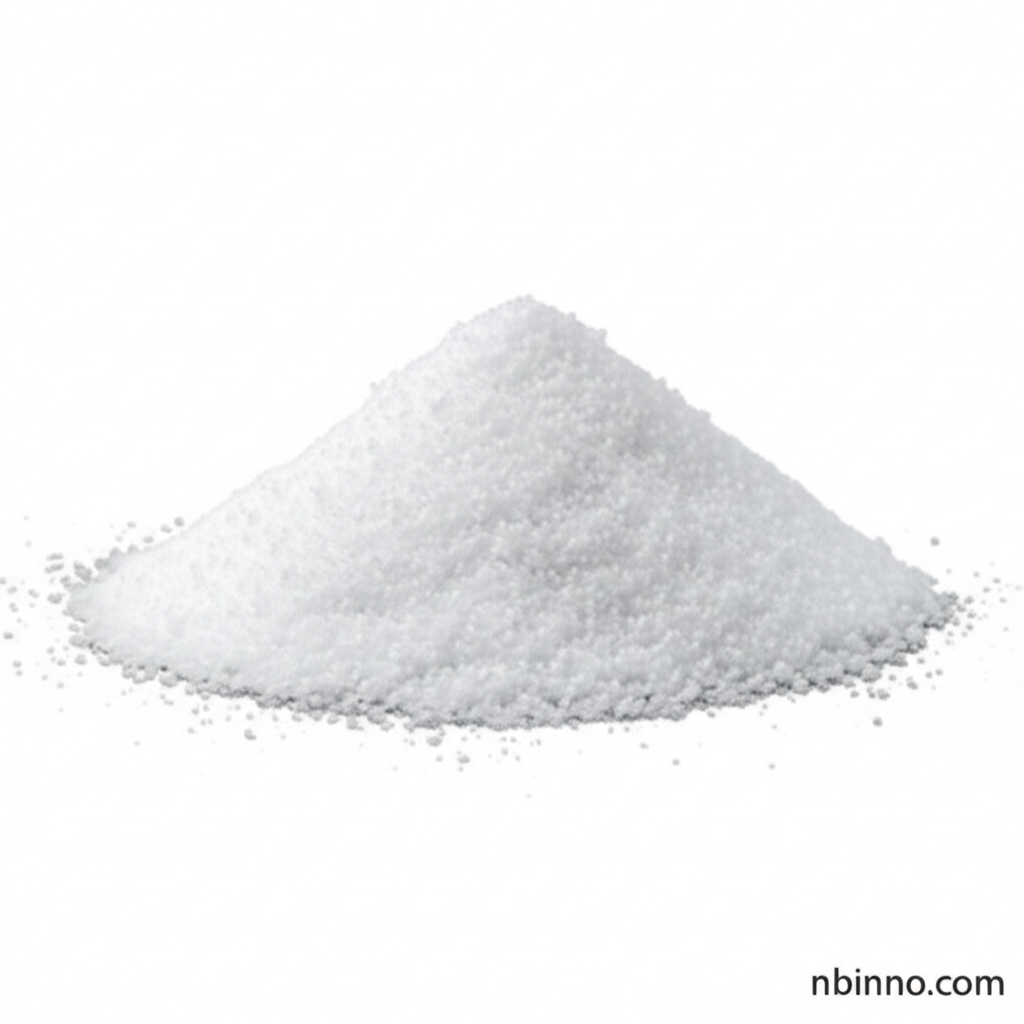Glutaric Acid (CAS 110-94-1): Properties, Applications, and Synthesis in Fine Chemical Manufacturing
Discover the essential properties, diverse applications, and cutting-edge production methods of Glutaric Acid, a key compound in fine chemical industries and scientific research.
Get a Quote & SampleProduct Core Value

Glutaric Acid
Glutaric acid, identified by CAS number 110-94-1, is a fundamental five-carbon linear dicarboxylic acid. Its white crystalline solid appearance and good water solubility make it a versatile intermediate. We offer high-purity Glutaric Acid, serving as a reliable supplier and manufacturer in China. Its applications span across polymer synthesis, such as polyesters and polyamides, making it a valuable component for biodegradable plastics. In organic synthesis, it aids in exploring new reaction pathways, and its role in metabolic studies, particularly in understanding energy production, is significant. Furthermore, Glutaric acid is recognized for its utility in developing effective corrosion inhibitors for industrial components.
- Understanding the precise properties of Glutaric acid is crucial for its effective application in polymer synthesis.
- Explore the diverse organic synthesis pathways that utilize Glutaric Acid as a key intermediate.
- The bio-based production of Glutaric Acid highlights advancements in sustainable chemical manufacturing.
- Research into Glutaric Acid's role in metabolic pathways offers insights into cellular energy production.
Key Advantages
Versatile Monomer
Glutaric Acid serves as a key monomer in the production of polyesters and polyamides, essential for creating advanced materials and biodegradable plastics.
Organic Synthesis Building Block
Its dicarboxylic acid structure makes it an important building block for complex organic synthesis, enabling the creation of novel compounds and facilitating research.
Industrial Corrosion Control
Glutaric Acid plays a role in the development of corrosion inhibitors, helping to extend the lifespan and maintain the integrity of metal components across various industries.
Key Applications
Polymer Production
Used as a monomer in producing polyesters and polyamides, contributing to the development of new materials with tailored properties, essential for learning about polymer synthesis.
Organic Synthesis
Serves as a crucial intermediate in various organic reactions, supporting research into new chemical pathways and product development.
Metabolic Research
Its presence in metabolic studies provides insights into amino acid breakdown and cellular energy mechanisms, aiding in the understanding of complex biological processes.
Corrosion Inhibition
A key component in formulating corrosion inhibitors, protecting metal surfaces in demanding industrial environments.
